How to Keep Your Payroll Teams Updated on Union Agreement Changes

In the entertainment industry, union agreements are anything but static. As collective bargaining agreements (CBAs) evolve to reflect new priorities, working conditions, wage structures, and benefit obligations, staying updated becomes critical, not just for labor relations but for payroll accuracy, production timelines, and legal compliance. Yet many productions still rely on outdated manuals, once-a-year trainings, or secondhand word-of-mouth to keep their teams informed. In today’s environment, that simply doesn’t cut it.
When a single misunderstanding can trigger incorrect fringe payments, missed penalties, or grievances from a union, your payroll team cannot afford to operate on assumptions. Keeping your team aligned with current union rules and rate sheets requires more than just awareness. It demands an infrastructure for ongoing learning, contract tracking, and operational communication.
Here’s how to set up a practical and scalable system to keep your payroll team updated on union agreement changes and avoid costly missteps in the process.
1. Start with a Source of Truth
Every payroll department needs a reliable, up-to-date source of truth for each union agreement it works under. This may include:
- The full PDF of the current agreement
- Memoranda of Agreement (MOAs) that modify base contracts
- Sideletters specific to streaming platforms, pilots, or new media
- Rate sheets and schedules issued annually or mid-term
Designate a centralized location for these documents, preferably a secure shared drive or internal platform where every payroll team member can access the most recent versions. Clearly label each document with the effective date and expiration to avoid confusion.
Do not rely on payroll companies to do this for you. While they may apply contract rules accurately in their systems, they often are not responsible for interpreting the agreement at the production level. That responsibility falls on your team.
2. Track Expiration Dates and Ratifications
Every CBA has a life cycle. Before it expires, the union and employer group negotiate changes. After ratification, an MOA or new agreement is issued. However, there is often a gray period where productions continue under old rules while waiting for new terms to be finalized and published.
Your team should maintain a live calendar of union expiration dates and monitor announcements from:
- IATSE (including West Coast Locals and Area Standards locals)
- SAG-AFTRA
- DGA
- WGA
- Teamsters and Basic Crafts
- The AMPTP
Subscribe to union press releases and legal bulletins so you can anticipate when a new agreement is coming and plan to implement changes. If your show is bridging an agreement period, your payroll team should know what version of the contract is currently applicable and whether retroactive pay will be due when a new MOA is ratified.
3. Build a System for Real-Time Updates
Once a new agreement or amendment is released, your payroll team must digest and implement the changes quickly. Here is how to do that efficiently:
- Appoint a compliance lead. Assign one person or designate a consulting partner to review new union terms and flag operational changes.
- Create summary memos. Instead of asking each team member to read the full MOA, develop short internal memos that highlight changes to wage rates, penalties, fringe rules, or classifications.
- Host quick-deploy meetings. Within a few days of a new contract release, hold a short meeting or video update walking through the changes and how they affect current or upcoming payroll cycles.
- Use LMS tools for documentation. If you have an LMS (Learning Management System) like the FTV Graduate Program platform, you can release micro-trainings, host recorded updates, and keep logs of who reviewed the new rules.
4. Reinforce with Scenario-Based Training
Knowing the rule is not the same as applying it. Many payroll errors happen not because someone did not know about a rule change, but because they misunderstood how it applied in a specific situation.
For example, if the IATSE Basic Agreement updates rest period penalties or modifies night premium thresholds for certain locals, teams need to see how those changes affect real-world timecards. That is where scenario-based training makes the difference.
Every time a significant update occurs, provide your payroll teams with a few example scenarios showing the old rule, the new rule, and how a timecard, pension contribution, or penalty calculation changes as a result.
5. Keep Rate Sheets and Calculators Current
A common misstep is continuing to use old rate charts, Excel calculators, or payroll grids that are no longer accurate. Always update:
- Minimum wage rate tables by classification and tier
- Penalty charts (meal, rest, sixth and seventh day, etc.)
- Overtime and daily or weekly timekeeping grids
- Any shared calculators used for coding timecards or fringe calculations
You should also coordinate with your payroll company to ensure their systems have updated backend rate logic. But never assume they have done it. Ask your payroll coordinator or paymaster to confirm.
6. Monitor Errors and Feedback Loops
You will often discover a misunderstanding of new rules through the errors they create. A fringe shortfall, a rejected audit, or a returned paycheck might point to a missed update. Create a feedback loop so these issues trigger an internal review, not just a one-time correction.
If an error occurs:
- Trace it back to the misunderstanding (for example, a rate sheet error, wrong local condition applied, or outdated timecard coding)
- Update your documentation and training to reflect the fix
- Share the clarification with the entire team to avoid repeat errors
This also means working closely with your production accountants, studio labor reps, and even union contacts when needed. Do not wait for grievances to find the problem. Get in front of issues early.
7. Schedule Periodic Refresher Training
Even if no major changes have occurred, your team benefits from scheduled reviews. Every six to twelve months, conduct refresher training on high-risk areas such as:
- IATSE and Basic Crafts working conditions
- SAG-AFTRA daily and weekly rules
- DGA director penalties and holiday pay
- Retroactive pay when new MOAs are ratified
These sessions do not need to be long. A 30-minute targeted update or on-demand LMS lesson can help reinforce compliance without disrupting payroll operations.
Final Thoughts
Union contract changes are inevitable. Mistakes do not have to be. A proactive training and update system ensures that your payroll team applies new rules correctly the first time. It reduces exposure to grievances, prevents costly retroactive errors, and builds a stronger partnership between production, payroll, and labor relations.
At FTV Consulting, we help production teams stay ahead of the curve. From digesting MOAs and building custom payroll training to launching LMS solutions that track who has reviewed each update, our services are built for the entertainment industry’s fast pace and constant change. If you are ready to improve your team’s compliance systems, we are here to help.









